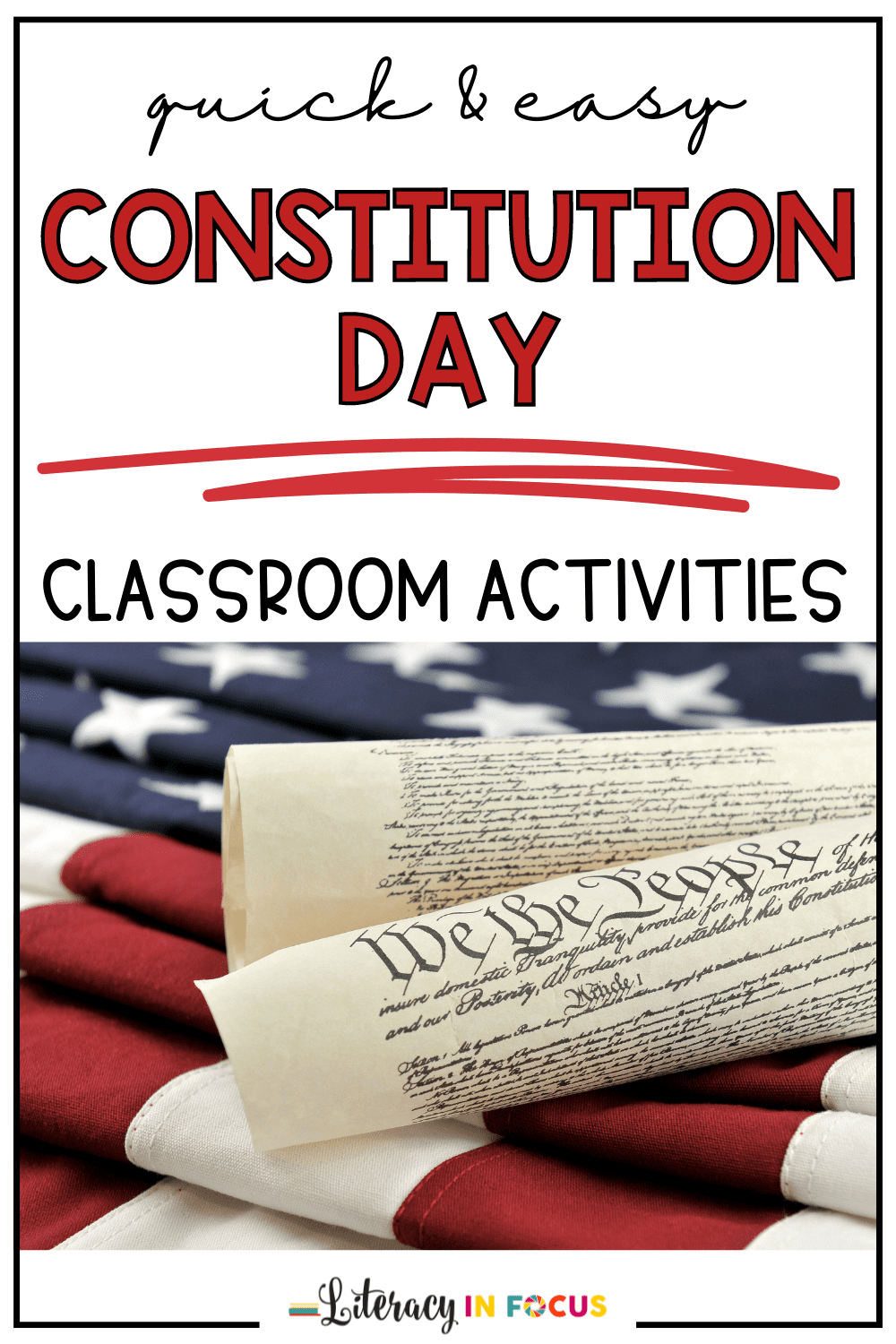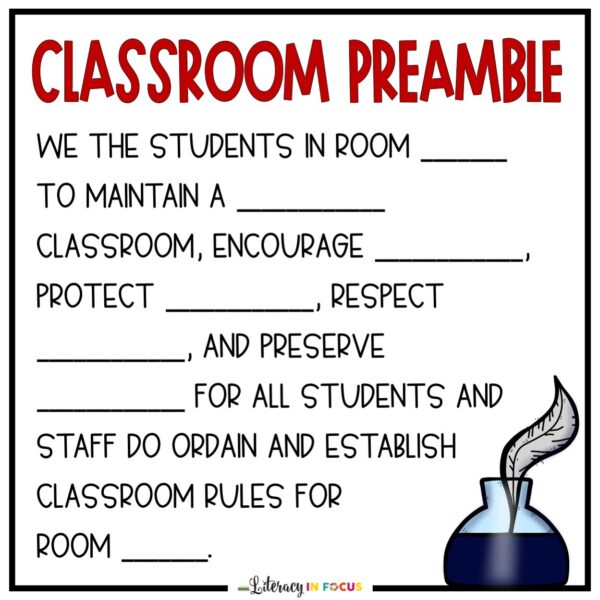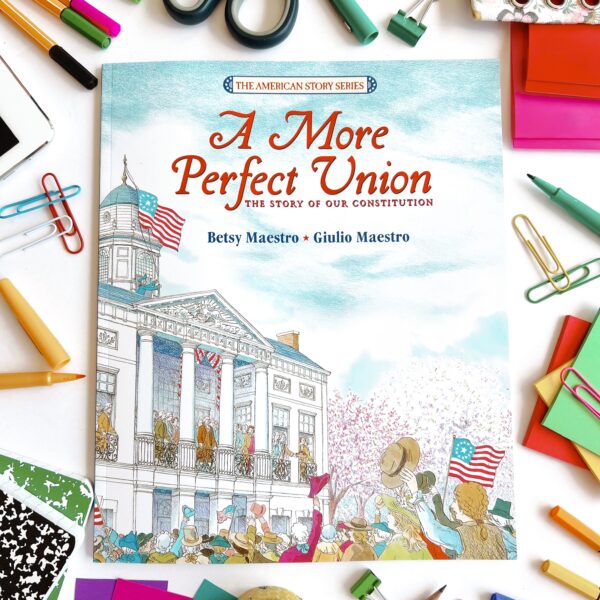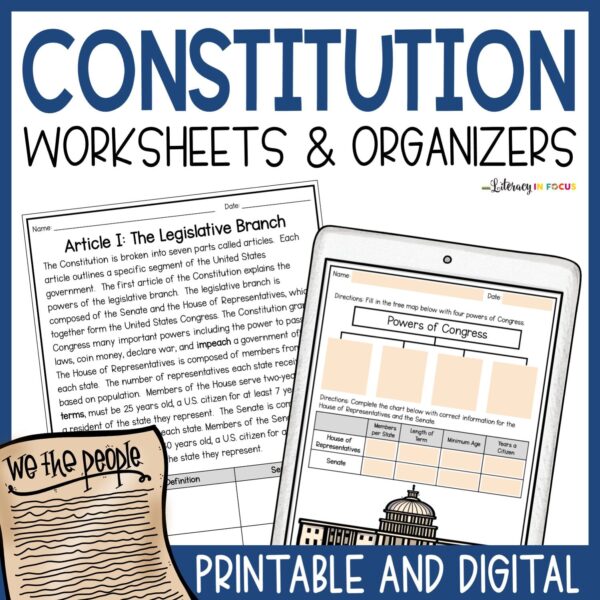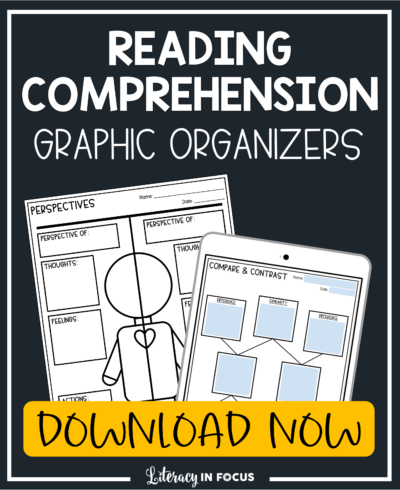Quick and Easy Constitution Day Activities for Kids
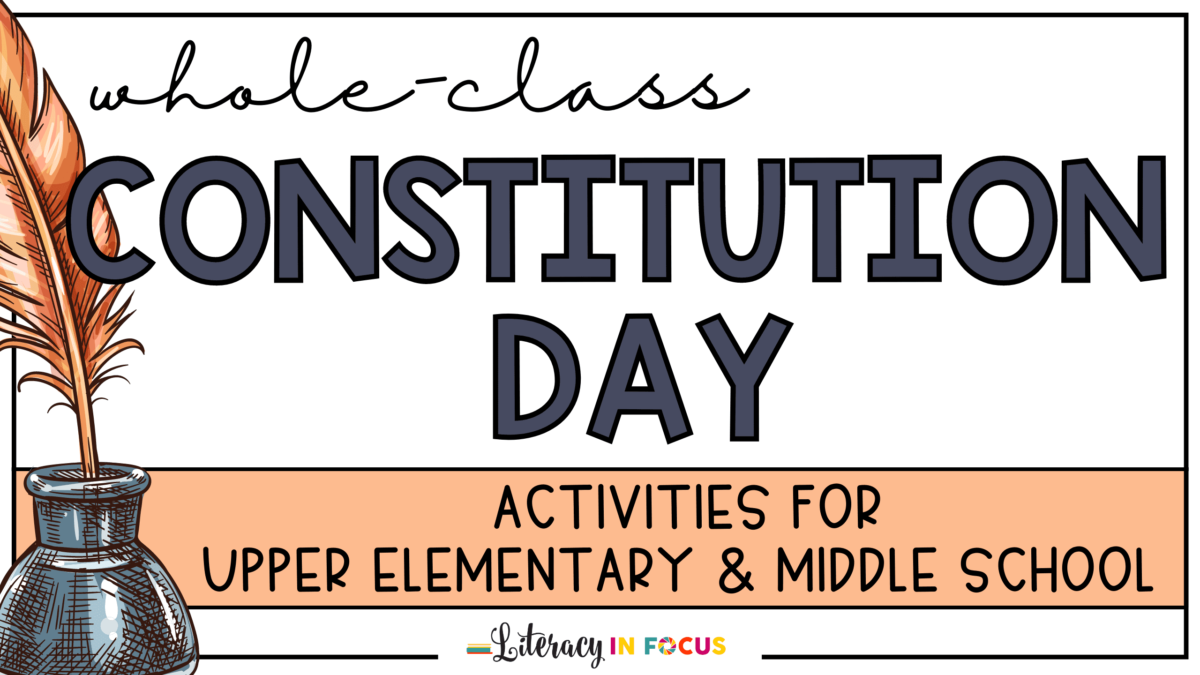
What is Constitution Day?
Constitution Day celebrates the formation and signing of the US Constitution on September 17, 1787.
Why do we celebrate Constitution Day?
- According to the US Department of Education, each educational institution that receives federal funds for a fiscal year is required to hold an educational program about the U.S. Constitution for its students. Examples of federal funding include Title 1 grants, Individuals with Disabilities Act (IDEA) grants, and specific professional development grants for teachers.
- When students learn about the Constitution, they gain a greater understanding of their rights as citizens and the basic rules that govern society.
How should we celebrate Constitution Day?
The Dept. of Education does not give specific requirements for how Constitution Day should be observed in the classroom. The ideas listed below can serve as a foundation for planning your Constitution Day activities. You can plan your Constitution Day activities with the following ideas in mind:
- meaning and importance of the Constitution
- history of the Constitution
- government framework
- rights and responsibilities of citizens
The following whole-class activities are student-centered, engaging, and quick. Extension activities are listed if you want to spend more time on a particular topic, or if you want students to complete an activity independently. If you want to start with a basic overview of the Constitution, play this six-minute video for students.
1. Constitutional Convention Art Analysis
Teach students about the Constitutional Convention using art! Start the lesson by providing students with a brief overview of the Constitutional Convention. To do this, you can use this article from Khan Academy or this text and graphic organizer from my TpT store.
Next, display this painting of George Washington at the Constitutional Convention in 1787. Give students time to answer the questions below independently before discussing each question as a class.
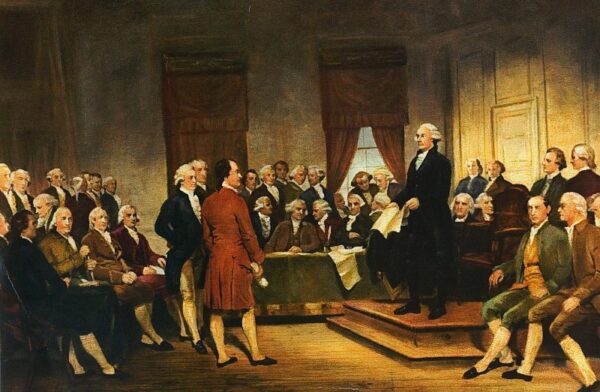
- Describe the people in the painting.
- What does it look like the people are doing?
- George Washington is standing on the steps. Why do you think the painter put him there?
- If the Constitutional Convention were held today, would the people in the painting look different? Explain.
Extension: Encourage students to learn about the delegates. Pair up each student with one of the 70 Constitutional Convention attendees. Get the entire list of framers and their brief biographies from the National Archives “Framers of the Constitution”. Have students research their assigned figure and report back to the class on their findings. For a more structured approach to the research process, click here to download a FREE biography summary graphic organizer.
2. Class Preamble
Create a preamble to explain the purpose and reasoning behind the classroom rules. Developing a classroom preamble will provide students with a relevant connection to the actual Preamble to the US Constitution. It will also give students a sense of ownership over the classroom policies they follow each day.
- Complete the “Know” and “Want to Know” sections of a KWL chart for The Preamble.
- Read The Preamble to the Constitution together as a class.
- Discuss each purpose of the Constitution as listed in The Preamble.
- Fill in the “Learned” section of the KWL chart.
- Make a class preamble using the paragraph frame shown in the image below.
Extension Activity: Have students rewrite The Preamble in their own words. Is there anything they would change, add, or take away? Explain.
3. The Story of Our Constitution Read Aloud
Clearly explain how the Constitution was created using the children’s book, A More Perfect Union: The Story of Our Constitution. The story combines words and pictures to make a difficult concept accessible to all students. As you read, pause to ask students the following questions:
- (pg. 4) Why was America in trouble after the Revolutionary War? (the government was not working well, many people were poor, states were not cooperating with one another, the government could not make money, and there was no president.
- (pg. 5) Where did leaders of the country meet for their special convention to try and fix America’s problems? (Philadelphia)
- (pg. 9) Why did it take so long for the delegates to arrive in Philadelphia? (travel was slow, some came from long distances, weather was bad)
- (pg. 10) Who did the delegates elect as their leader? (George Washington)
- (pg. 11) Why is James Madison called the Father of the Constitution? (he wrote down everything that happened, so there would be a record of everything that was said and done)
A More Perfect Union by Betsy Maestro & Giulio Maestro
- (pg. 15) What was included in Governor Edmund Randolph’s Virginia Plan? (a government chosen by the people; a government with 3 parts: a president, congress- group of people to make laws, and courts; the number of delegates for each state would depend on size of the state- bigger states would have more votes)
- (pg. 17) What is a constitution? (a set of rules for a government to follow)
- (pg. 18) Why did the delegates argue? (they thought the Virginia plan was unfair to small states, they were afraid to let people pick a president)
- (pg. 19) How was the New Jersey Plan different from the Virginia Plan? (the New Jersey Plan said all states would have the same number of representatives)
- (pg. 21) Did the delegates pick the Virginia Plan or the New Jersey Plan? (neither, they compromised and used parts from both plans)
- (pg. 26) How many delegates signed the Constitution on September 17, 1787? (39)
- (pg. 31) What had to happen before the Constitution could become law? (it had to be ratified, or approved, by 9 of the 13 states)
- (pg. 32) Why were some people against ratifying the Constitution? (they were afraid the new government would be too strong, like living under an English king again)
- (pg. 33) Which state was the first to sign the Constitution? (Delaware)
- (p. 41) What are the first ten additions, or amendments, to the Constitution called? (Bill of Rights)
- (pg. 41) What do the Bill of Rights protect? (freedom)
- (pg. 42) How has the Constitution kept the union of states together for over 200 years? (the Constitution gives people/citizens the power to run the government.)
Extension Activity: Pick one or two of the books listed below to read with your class. You can read a couple pages each day, or read the first chapter and let students decide if they would like to finish the book on their own.
The History of The Constitution: A History Book for New Readers by Lisa Trusiani
What is the Constitution? by Patricia Brennan Demuth
The Constitution Decoded by Katie Kennedy
4. Constitution, True or False?
Use this free printable and digital Constitution activity to reinforce learning! It includes a ten-question true or false worksheet, answer key with false questions corrected, and a PowerPoint/Google Slides presentation! Click here to download it for FREE today!
Extension Activity: Put students in groups to create their own True or False quiz about the Constitution. Students can use the following websites to find material for their quiz questions:
5. Rights and Responsibilities of Citizens Tree Map
Celebrate Constitution Day with a class discussion on the rights and responsibilities of citizenship.
- Start the lesson by asking students what the word “citizen” means. After students have shared, discuss/unpack the definition for “citizen” listed below.
-a citizen is a legal member of a country, who has rights and responsibilities
- Use the think-pair-share strategy to get students to explain the difference between a right and a responsibility.
-a right is a freedom that is protected by the Constitution
-a responsibility is something a good citizen must or should do to make sure democracy is upheld
- Together as a class, complete a tree map, listing the specific rights and responsibilities of US citizens. Examples are listed below.
-Rights: vote, education, free speech, fair trial, practice religion
-Responsibilities: obey laws, defend the nation, serve on a jury, be informed, pay taxes
Extension: Have students list their responsibilities at home and at school. Can they improve in any areas? Why are responsibilities at home and at school important?
6. Bill of Rights BINGO
Cement knowledge of the first ten amendments using real-world scenarios in Bill of Rights BINGO. Connecting each amendment to a relevant and applicable situation will help students comprehend and remember the meaning and purpose of each one. Get the entire Bill of Rights lesson plan, BINGO cards, and real-world scenarios from the National Constitution Center.
Take the stress out of teaching the Constitution! This comprehensive PRINTABLE AND DIGITAL unit includes informational text, vocabulary support, and a graphic organizer for each aspect of the US Constitution. The engaging worksheets can be used independently or made into student workbooks.
Constitution Worksheets & Graphic Organizers
“MY 6th and 7th grade US History Class struggles to understand the topics we are teaching. We used this unit the beginning of 2nd semester. WE spent time on each item. They loved it. I am so proud of how they understood and could relate to the Constitution. The test I gave them had the highest scores of any of the other tests. Thank you!” -Elizabeth H.
This post contains affiliate links. Click here to read my affiliate policy.
